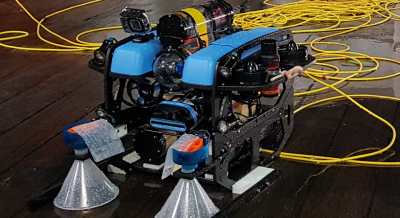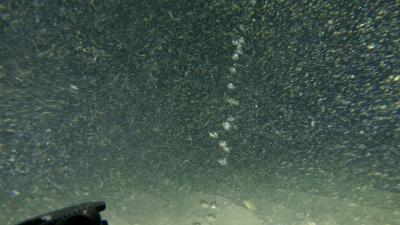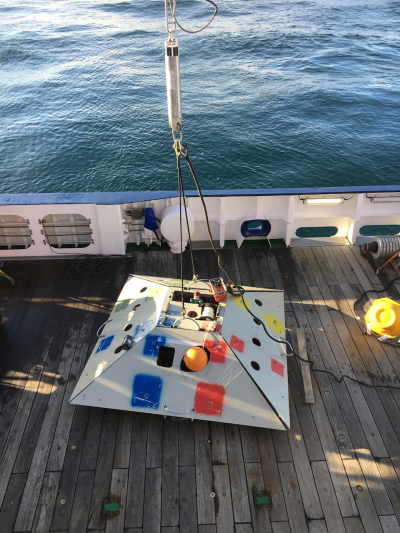Page path:
- Home
- Discover
- Archive News
- News 2021
- MSM 98
Expedition with sonar lander
To answer these questions, the seafloor will be surveyed and samples taken. In addition, a specially constructed observatory including a sonar will be deployed on the seafloor monitoring the gas seeps for several days.
Current position of the MARIA S. MERIAN





